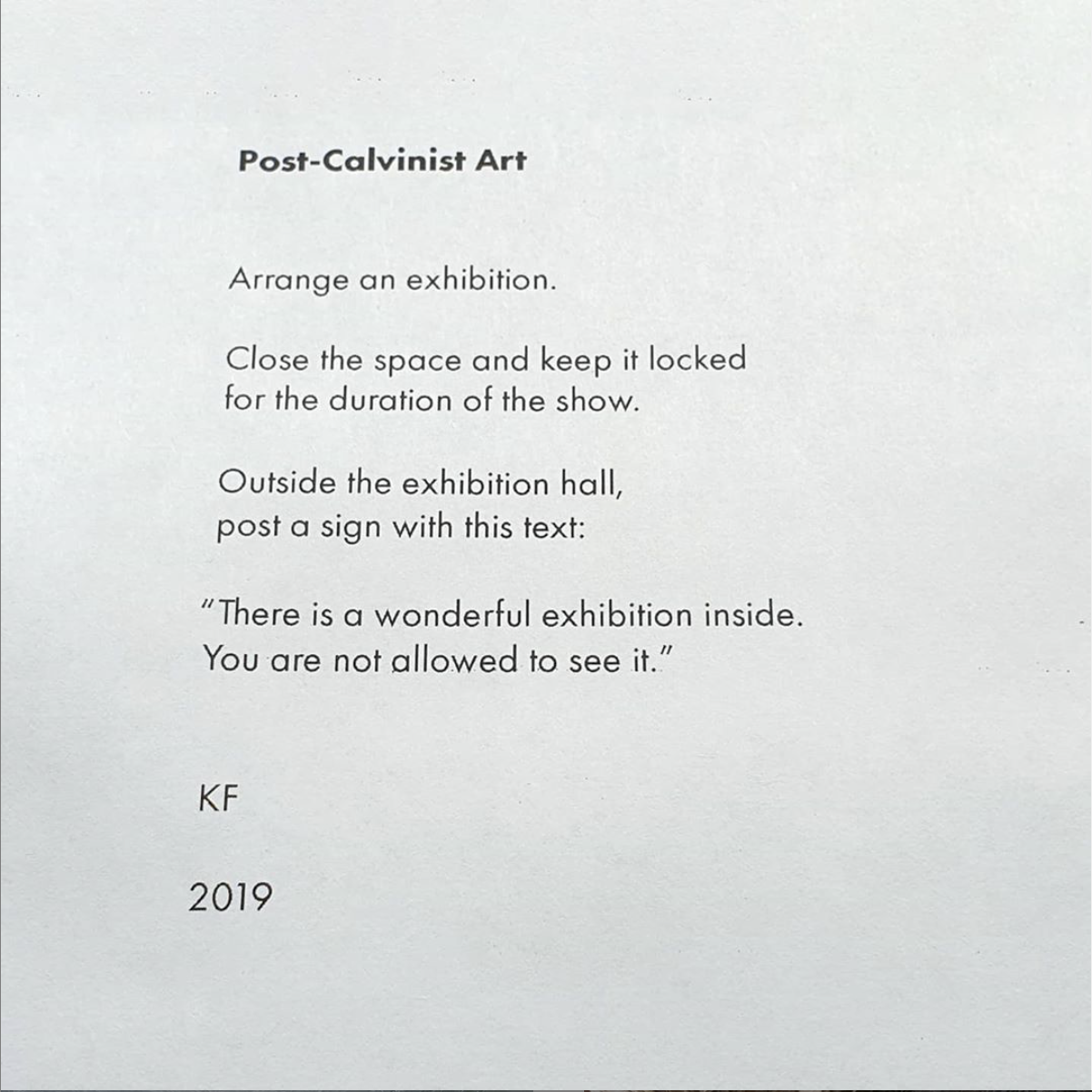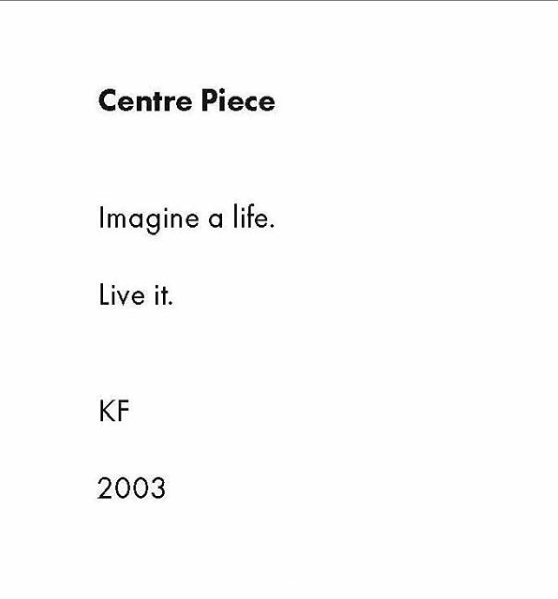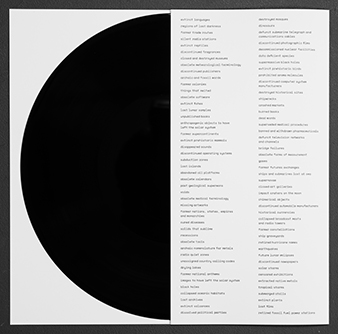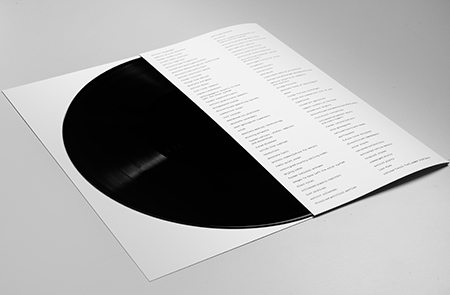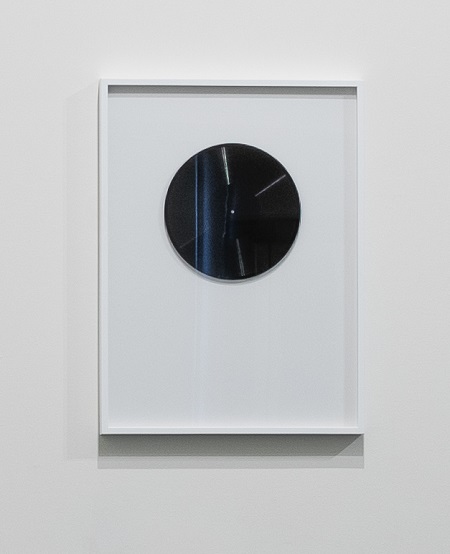On the one hand, Christina and Stephen had a renewed commitment to making great exhibitions for people to visit.
“There is nothing quite like seeing works in the flesh that have been thoughtfully placed together,” says Christina—and her belief in this has been borne out by the number of people visiting the gallery since it reopened, not least students.
“There’s been this real hunger, I think, for seeing art in the flesh and getting that real material hit, even when these particular exhibitions were conceptually motivated and refined in terms of their material qualities,” says Stephen.
At the same time, the gallery has worked to capitalise on its growing ability to communicate online, “bringing content together with watchers, listeners, and readers to deepen and extend, reach out, and connect,” says Christina.


